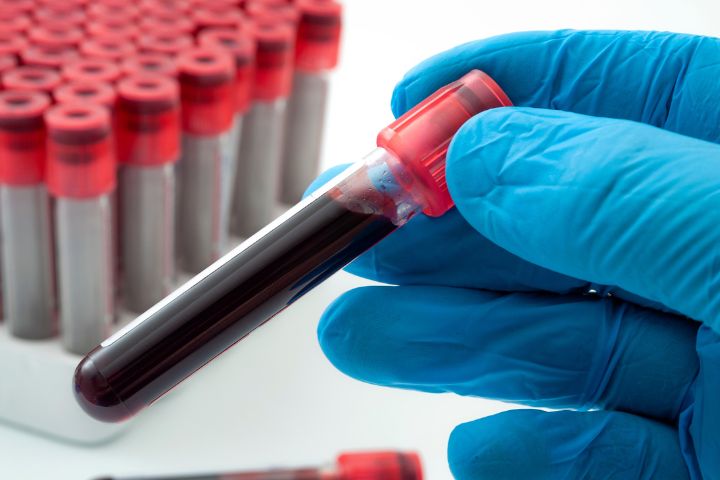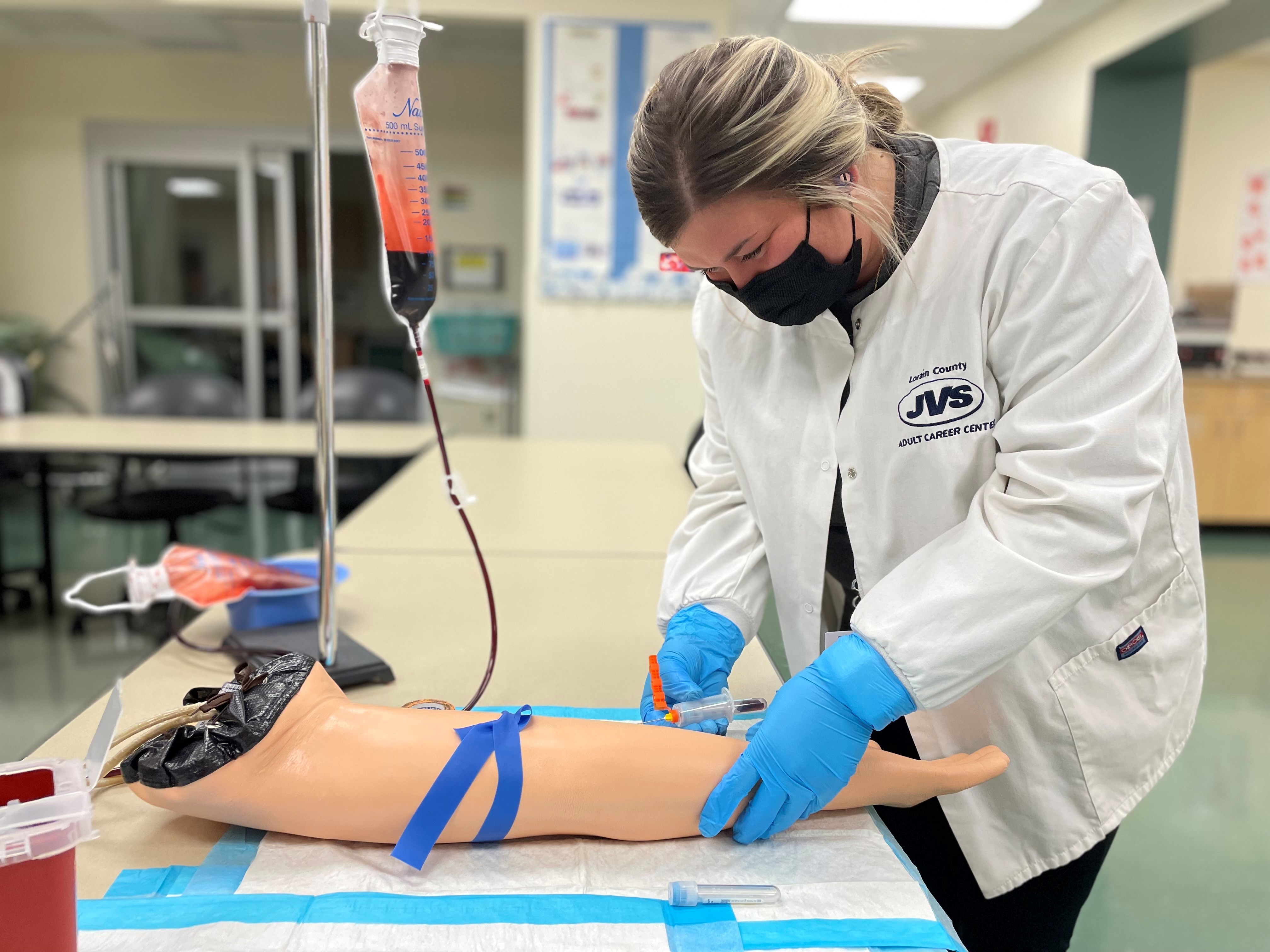The 8-Second Trick For Northeast Medical Institute - New Haven Campus Phlebotomy Course & Cna Class
The 8-Second Trick For Northeast Medical Institute - New Haven Campus Phlebotomy Course & Cna Class
Blog Article
Northeast Medical Institute - New Haven Campus Phlebotomy Course & Cna Class Fundamentals Explained
Table of ContentsAll About Northeast Medical Institute - New Haven Campus Phlebotomy Course & Cna ClassThe Only Guide to Northeast Medical Institute - New Haven Campus Phlebotomy Course & Cna ClassThe 20-Second Trick For Northeast Medical Institute - New Haven Campus Phlebotomy Course & Cna ClassSome Of Northeast Medical Institute - New Haven Campus Phlebotomy Course & Cna ClassUnknown Facts About Northeast Medical Institute - New Haven Campus Phlebotomy Course & Cna ClassNortheast Medical Institute - New Haven Campus Phlebotomy Course & Cna Class for Dummies
However, the use of such gadgets ought to be gone along with by other infection avoidance and control methods, and training in their usage. Not all security tools are appropriate to phlebotomy. Before picking a safety-engineered device, users need to thoroughly explore offered gadgets to establish their suitable use, compatibility with existing phlebotomy methods, and efficacy in safeguarding staff and patients (12, 33).For settings with low resources, price is a motoring element in purchase of safety-engineered devices. Where safety-engineered tools are not readily available, proficient usage of a needle and syringe is appropriate.
In the blood-sampling room for an outpatient division or center, offer a comfortable reclining couch with an arm remainder.
Rumored Buzz on Northeast Medical Institute - New Haven Campus Phlebotomy Course & Cna Class
Make certain that the signs for blood sampling are clearly defined, either in a written method or in documented guidelines (e.g. in a laboratory type). At all times, adhere to the techniques for infection prevention and control detailed in Table 2.2. Infection prevention and control practices. Collect all the tools required for the treatment and location it within safe and easy reach on a tray or cart, guaranteeing that all the things are clearly visible.
Present on your own to the individual, and ask the person to specify their full name. Inspect that the research laboratory form matches the client's identity (i.e. match the individual's information with the research laboratory type, to guarantee exact recognition).
Make the individual comfortable in a supine setting (ideally). Place a clean paper or towel under the individual's arm. Review the test to be done (see Annex F) and obtain verbal approval. The individual has a right to refuse a test any time prior to the blood tasting, so it is vital to make sure that the person has actually recognized the procedure.
The Only Guide for Northeast Medical Institute - New Haven Campus Phlebotomy Course & Cna Class
Extend the client's arm and examine the antecubital fossa or lower arm. Locate a capillary of a good size that is noticeable, straight and clear. The layout in Section 2.3, reveals typical positions of the vessels, however many variations are possible. The mean cubital blood vessel lies between muscle mass and is generally one of the most very easy to penetrate.
DO NOT insert the needle where capillaries are diverting, since this raises the opportunity of a haematoma. The capillary needs to be visible without using the tourniquet. Locating the blood vessel will aid in identifying the appropriate dimension of needle. Apply the tourniquet about 45 finger widths above the venepuncture website and re-examine the blood vessel.
Haemolysis, contamination and visibility of intravenous fluid and medicine can all change the results (39. Nursing staff and doctors might access main venous lines for samplings complying with procedures. Specimens from central lines lug a risk of contamination or incorrect lab test results. It serves, but not suitable, to injure samplings when first presenting an in-dwelling venous tool, prior to connecting the cannula to the intravenous liquids.
The Facts About Northeast Medical Institute - New Haven Campus Phlebotomy Course & Cna Class Revealed
Allow the area to completely dry. Failure to allow adequate contact time raises the threat of contamination. DO NOT touch the cleaned up website; specifically, DO NOT put a finger over the blood vessel to direct the shaft of the subjected needle. It the website is touched, repeat the sanitation. Execute venepuncture as follows.
Ask the person to develop a hand so the blood vessels are more popular. Enter the blood vessel swiftly at a 30 degree angle or less, and remain to introduce the needle along the vein at the most convenient angle of content access - Phlebotomy Classes. Once enough blood has been accumulated, release the tourniquet prior to withdrawing the needle
The Buzz on Northeast Medical Institute - New Haven Campus Phlebotomy Course & Cna Class
Take out the needle delicately and apply mild stress to the site with a clean gauze or dry cotton-wool ball. Ask the individual to hold the gauze or cotton woollen in location, with the arm extended and elevated. Ask the person NOT to flex the arm, since doing so triggers a haematoma.

The smart Trick of Northeast Medical Institute - New Haven Campus Phlebotomy Course & Cna Class That Nobody is Talking About
Do not push the syringe bettor due to the fact that extra stress enhances the danger of haemolysis. Where possible, maintain televisions in a shelf and move the rack towards you. Inject downwards right into the appropriate coloured stopper. DO NOT eliminate the stopper since it will launch the vacuum cleaner. If the sample tube does not have a rubber stopper, infuse exceptionally gradually right into the tube as minimizing the pressure and rate made use of to move the specimen decreases the risk of haemolysis.

Report this page